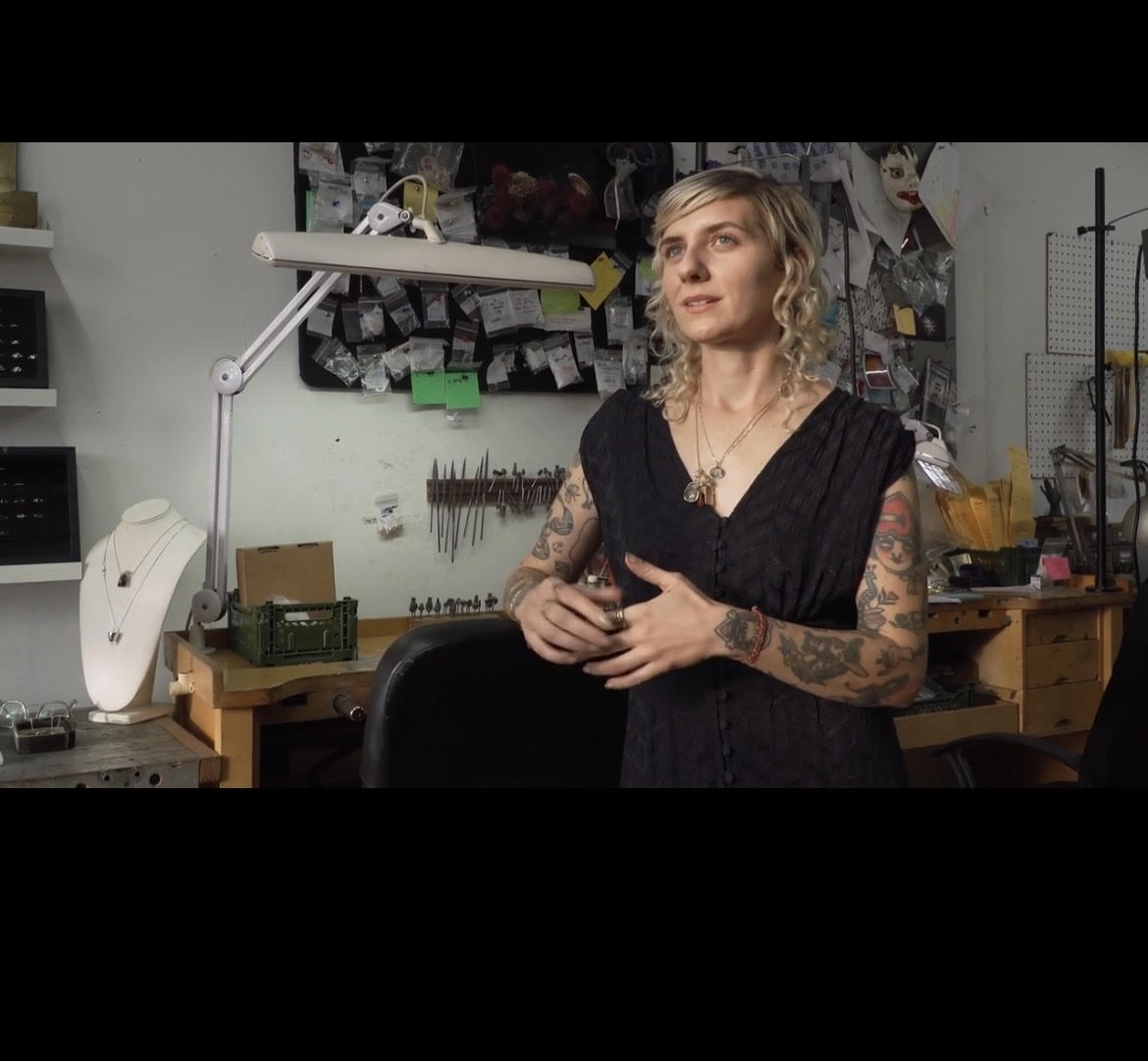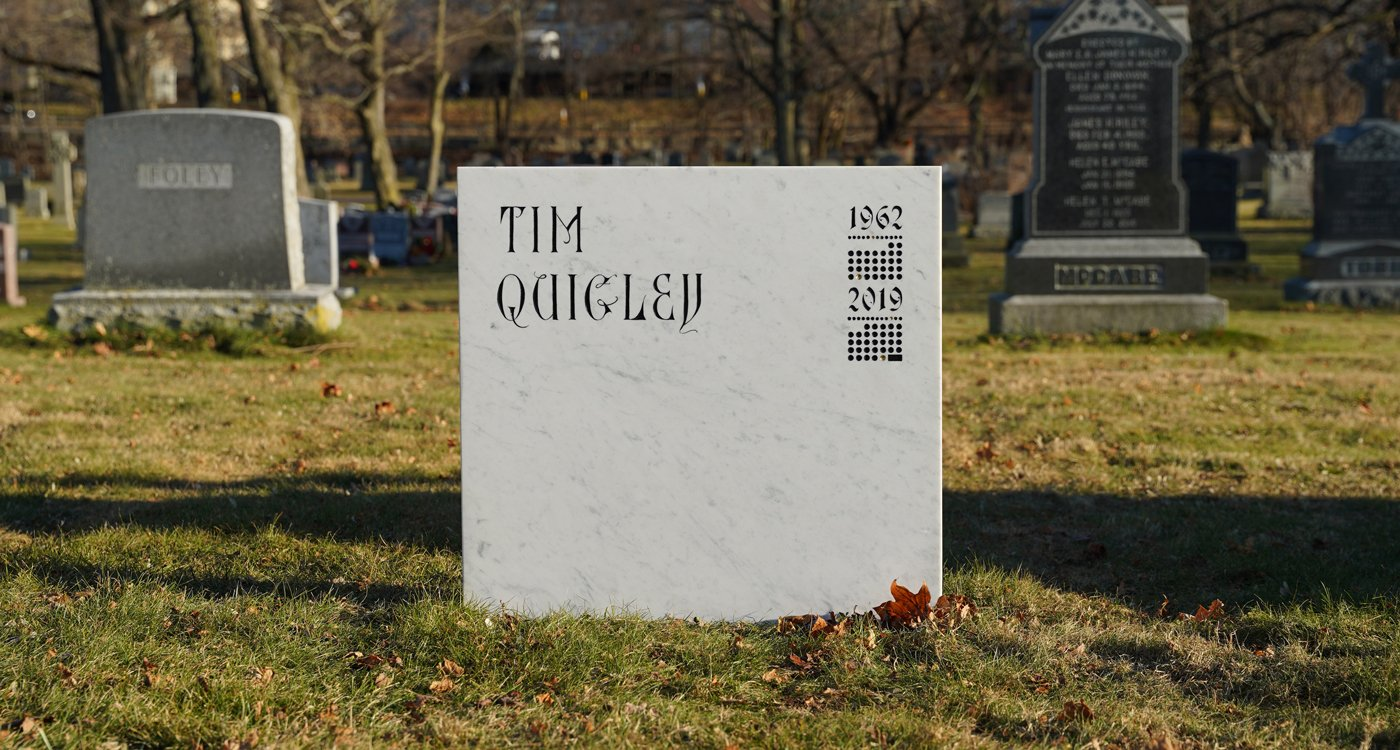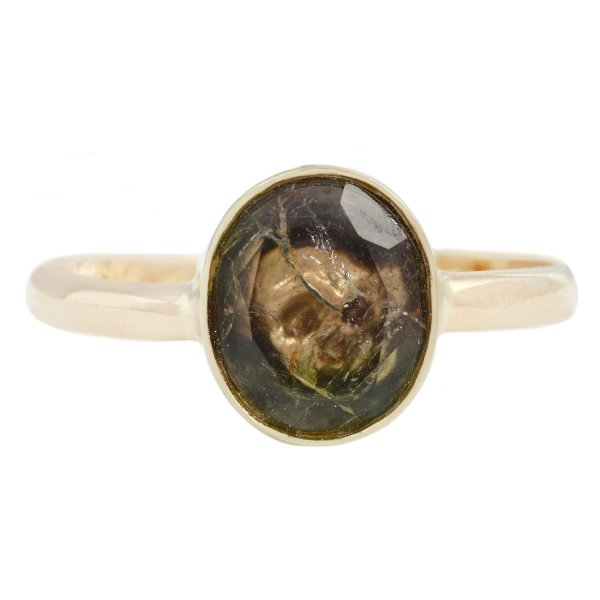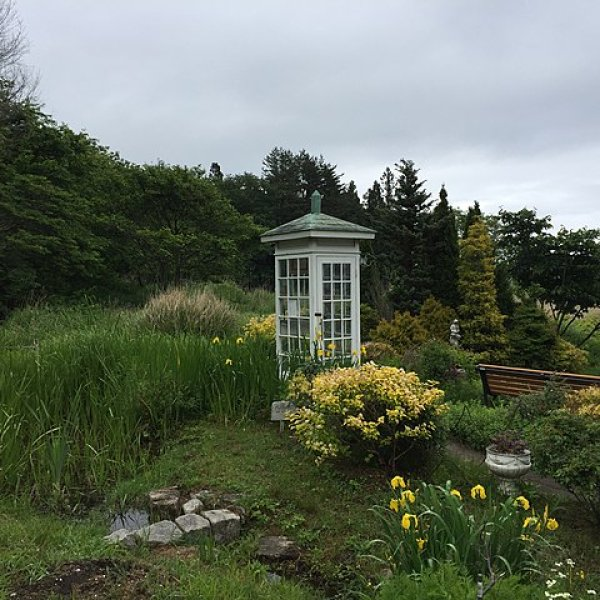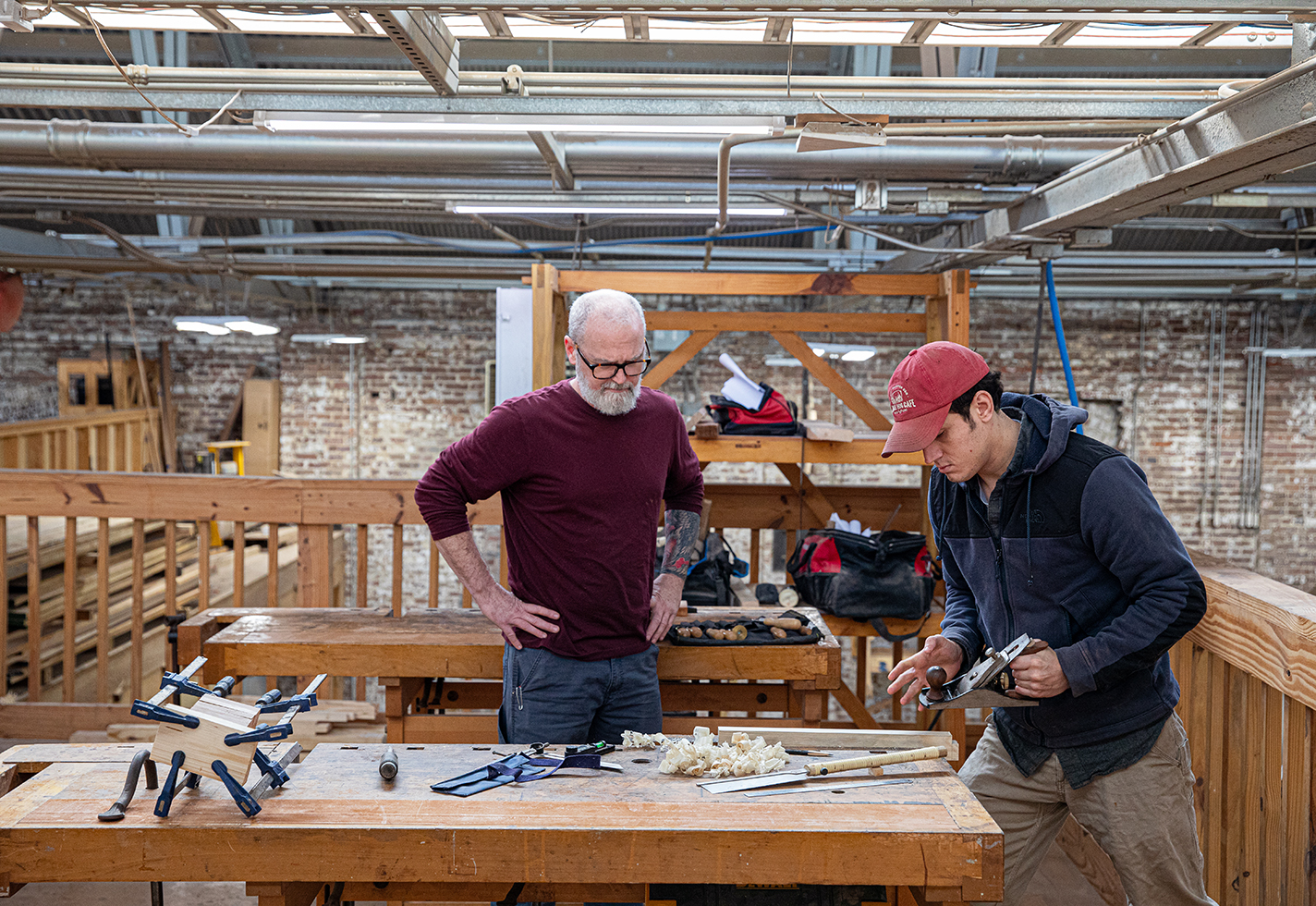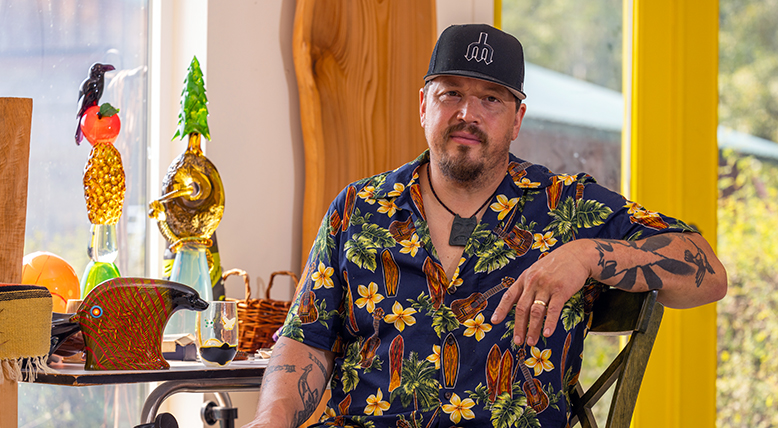Margaret Cross makes jewelry to help people remember the dead—and celebrate the living.
When Cross’s best friend and former boyfriend died suddenly in 2008, the grief threatened to consume her. Instead of running from it, she created a ring with a coffin-shaped garnet to keep his memory close. In the 15 years since, she has been making and selling mourning jewelry, incorporating human hair, pet hair, ashes, fabric from cherished clothing, and other remains into her work to keep her customers’ lost loved ones present in their lives. Elizabeth Foy Larsen writes about her work—and that of six other craft artists working to incorporate mourning rituals into their practice—in “Remembering Well” in the Spring 2023 issue of American Craft.
How do you describe your work or practice in 50 words or less?
I make custom mourning pieces using the hair or ashes of our loved ones, as well as memento mori pieces to remind us that this life is fleeting and to live each day to the fullest.
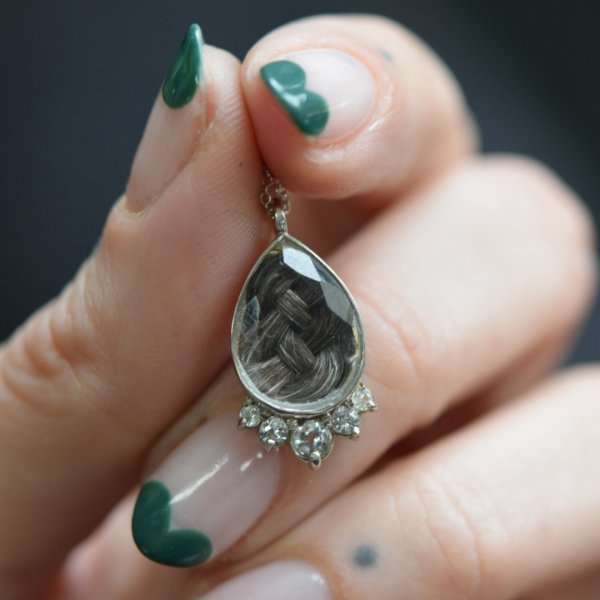
Custom mourning hairwork reliquary, containing client's deceased mother's hair, 2023, 14k white gold, white sapphires, crystal, human hair, .91 x .43 in.
